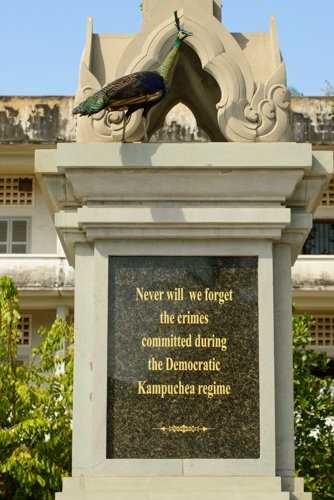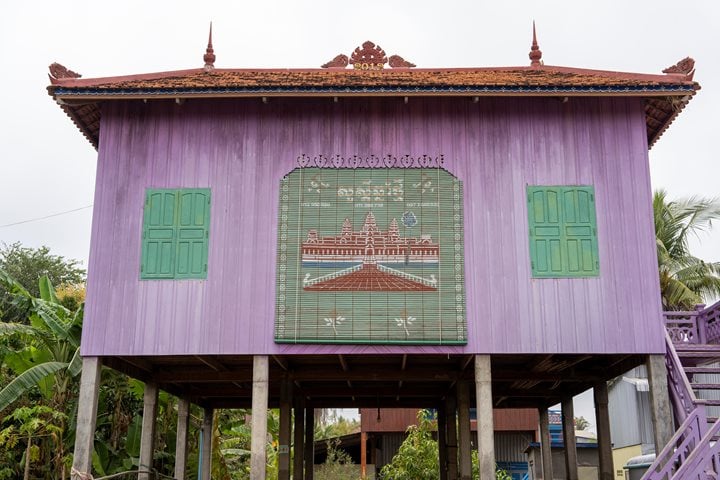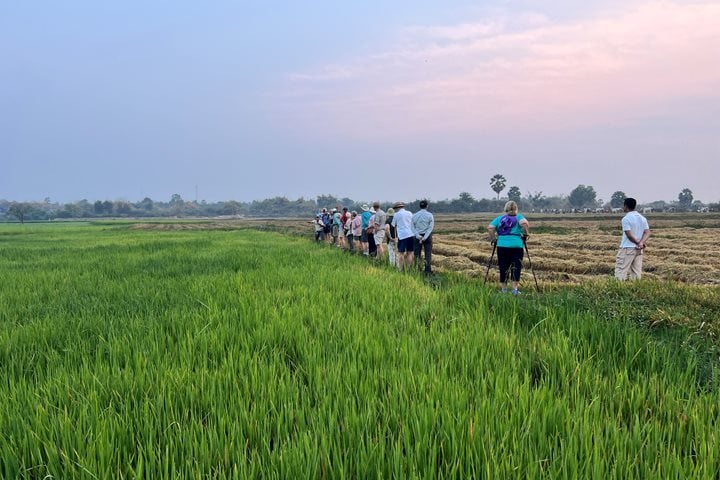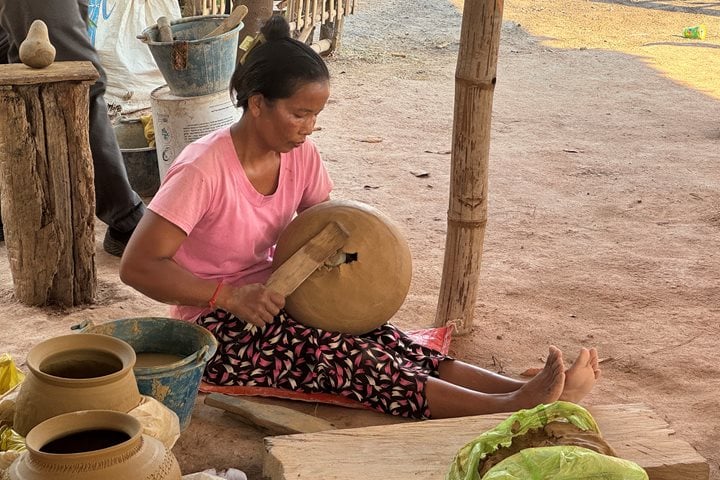Our first day in Cambodia was wonderful and packed with adventure.
The day dawned with the Jahan gently cruising up the Mekong and turning into the Tonle Sap River that flows adjacent to the capital of Cambodia, Phnom Penh. While docking, several guests witnessed a swooping peregrine falcon attempting to catch a pigeon for breakfast. The falcon was unsuccessful. Perhaps this magnificent bird of prey was full from dining on the hundreds of pigeons on the banks of the Tonle Sap River.
Once docked we had a brief introduction by our Cambodian guides and then disembarked and boarded a ‘cyclo’ – a bicycle with a traditional carriage up front – and with the driver’s leg speed, we were immersed into this exciting city. We zipped past the French colonial post office, then past busy cafes all while negotiating the mayhem of bikes, scooters, cars and pedestrians. Somehow the cyclos weaved in and out of the traffic and we made it through the seemingly chaotic traffic and our drivers delivered us to the Royal Palace and Silver Pagoda unscathed.
As we wandered around these magnificent structures with our guides, the sun was shining brightly. We cooled down in the shade aided by a pleasant breeze. After the Royal Palace we hopped on a bus for a quick trip to the National Museum where museum guides got us up close and personal with King Jayavarman. Next we arrived at Topaz, a fine dining establishment in the heart of downtown. We enjoyed an utterly luxurious multi-course meal before boarding the buses to continue on to S-21, the notorious detainment center where enemies of the Khmer Rouge were held for interrogation, torture, and confessions. Walking among the various buildings was a very sad experience, seeing where thousands of people were imprisoned before being transferred to the killing fields. Less than ten survivors made it through S-21 alive, and two of those survivors were there to talk to people and sign their books.
Next we journeyed a short distance outside the city to see the killing fields. Cambodia had many killing fields during the height of the Khmer Rouge, and this one has been preserved as a memorial to remember the atrocities committed during this time. We were a quiet and sad group that reboarded our buses to return to the ship. Our guides did a terrific job of giving us perspective and insight as they filled us in on the history and shared personal stories of this time.
We were ready for a change of pace in the evening, when a group of dancers and musicians joined us for a festive evening of traditional apsara dancing. Photographers went nuts and everyone admired the beauty and poise of the dancers.






